
A Boy and His Blob: Trouble on Blobolonia is a puzzle-platform game developed by Imagineering and published by Absolute Entertainment for the Nintendo Entertainment System (NES). The video game was released in North America in 1989, in Europe by Nintendo in 1991 and in Japan by Jaleco in 1991. A Boy and His Blob follows an unnamed male protagonist and his shapeshifting blob friend on their adventure to save the planet of Blobolonia from the clutches of an evil emperor.

Mario Power Tennis is a sports game developed by Camelot Software Planning and published by Nintendo. The game is the sequel to the Nintendo 64 title Mario Tennis, and is the fourth game in the Mario Tennis series. Power Tennis was released for the GameCube in Japan and North America in late 2004, and in PAL regions in early 2005. The game was ported for the Wii in 2009 as part of the New Play Control! series, and was also re-released as a Nintendo Selects title in 2012. A companion handheld game, Mario Tennis: Power Tour, was also released on Game Boy Advance around the same time as the original GameCube release, bearing the same title as Power Tennis in Europe.
Blue Tongue Entertainment Pty, Ltd. was an Australian video game developer founded in 1995. It was acquired by THQ on 17 November 2004, and remained an internal development studio of THQ until its closure in August 2011. In addition to THQ, Blue Tongue had worked with the publishers Hasbro Interactive and Vivendi Universal Games.
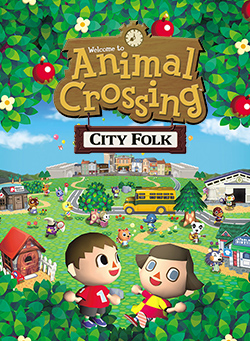
Animal Crossing: City Folk, released as Animal Crossing: Let's Go to the City in PAL territories, is a 2008 social simulation video game developed and published by Nintendo for the Wii console and the third game in the Animal Crossing series. It is also one of the first titles that was re-released as a part of the Nintendo Selects collection in 2011.

Mario Golf is a 1999 sports game developed by Camelot Software Planning and published by Nintendo for the Nintendo 64. Mario, his friends, and his enemies play golf on a variety of Mario-themed courses. Following NES Open Tournament Golf, it is the second game in the Mario Golf series. Camelot also developed a Game Boy Color version, which adds role-playing elements.

Cars is a 2006 adventure racing game published by THQ. The game is based on the 2006 film of the same name. It was released for the PlayStation 2, GameCube, Xbox, Microsoft Windows, Game Boy Advance, Nintendo DS, and PlayStation Portable in June 2006, with versions for the Xbox 360 and Wii released later that year. The Wii version includes functionality geared towards its Wii Remote controller and was a launch game for the system. Taking place after the events of the film, the game follows Lightning McQueen as he participates in the new racing season with his goal set on finally winning the Piston Cup. While doing so, he races and trains with the local community of Radiator Springs.
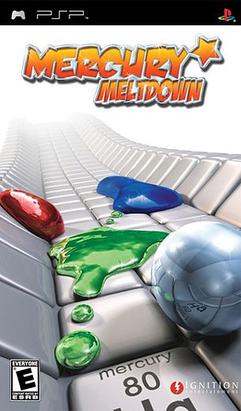
Mercury Meltdown is a puzzle-platform game for the PlayStation Portable (PSP). It is the sequel to Archer Maclean's Mercury. Like the first game, the goal is to tilt the stage to navigate one or more blobs of mercury to the destination. In contrast to the original, Ignition Banbury had more time and experience developing the game and listened to player feedback, allowing the game to be easier and providing players with more freedom to choose levels. The game has new hazards, enemies, and minigames.

MX vs. ATV Untamed is an offroad racing game developed by Rainbow Studios, Tantalus Media, Incinerator Studios and published by THQ for the PlayStation 2 and all seventh-generation platforms, becoming the last MX vs. ATV game to release on the former and the first in the series to be available on most of the latter. It is a sequel to MX vs. ATV Unleashed and its PSP port, MX vs. ATV: On the Edge, as well as the first of two games in the MX vs. ATV series to be available on a Nintendo console.
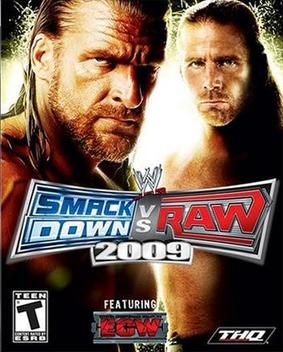
WWE SmackDown vs. Raw 2009 is a professional wrestling video game developed by Yuke's and published by THQ for the PlayStation 3, PlayStation 2, PlayStation Portable, Wii, and Xbox 360 video game consoles, with TOSE overseeing development for the Nintendo DS version. The game was first released on November 9, 2008, in North America. It is the tenth overall installment in the video game series based on the World Wrestling Entertainment (WWE) promotion, and the fifth game under the SmackDown vs. Raw name, named after the promotion's Raw and SmackDown brands. It is the sequel to 2007's SmackDown vs. Raw 2008 and the second game to feature the promotion's ECW brand.
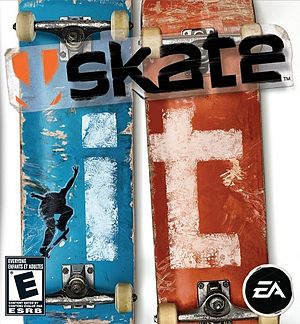
Skate It is a skateboarding video game developed by EA Black Box, EA Montreal, and Exient Entertainment for the Nintendo DS, Wii, and iOS. The game is a spin-off of 2007's Skate and was released in 2008.

Wario Land: Shake It! is a 2008 platform game developed by Good-Feel and published by Nintendo for the Wii, with animation produced by Production I.G.

WALL-E is a platform video game developed by Heavy Iron Studios and published by THQ, based on the 2008 film of the same name.
Ronimo Games was a Dutch video game developer founded in 2007 by former students of the Utrecht School of the Arts.
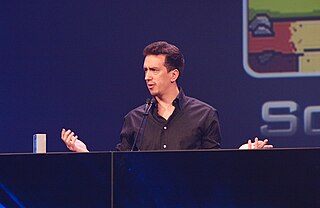
Jeremiah D Slaczka, also known by his nickname Miah, is an American video game designer/creative director and co-founder of 5th Cell, a video game developer in Bellevue, Washington. He is best known for being the concept creator and Director of Scribblenauts as well as the million-seller hit video game Drawn to Life and 5th Cell's critically acclaimed Lock's Quest, all for the Nintendo DS. Slaczka is credited as the Director, Lead Designer, Story Writer, Original Concept Creator and Art Director for both Drawn to Life and Lock's Quest.

Universomo Ltd. was a Finnish video game developer based in Tampere, Finland, founded in 2002, and acquired by THQ on May 9, 2007. Universomo also had offices in Helsinki, Finland and San Diego, United States. The studio focused on games for mobile phones, the iPhone and the N-Gage. On January 12, 2010, THQ announced the Nintendo DS title Beat City, developed by Universomo, marking the developer's first entry to the handheld gaming market.
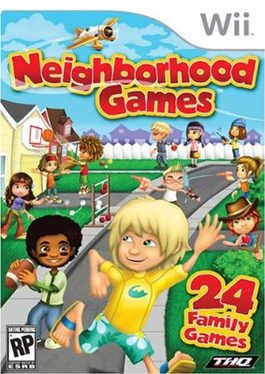
Neighborhood Games, known in PAL regions as Big Family Games, is a party video game developed by Canadian studio Jet Black Games and published by THQ. It was released for the Wii in North America on January 12, 2009.
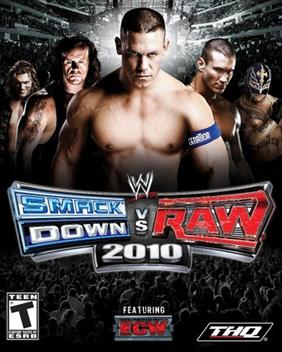
WWE SmackDown vs. Raw 2010 is a professional wrestling video game developed by Yuke's and published by THQ for PlayStation 2 (PS2), PlayStation 3 (PS3), PlayStation Portable (PSP), Wii, Nintendo DS, Xbox 360, and iOS. It was released worldwide in October 2009, with the PS3 and Xbox 360 versions for Japan in January 2010. TOSE oversaw the development for the Nintendo DS version, which was the last installment to be released for the handheld. 2010 was also the first installment to be released as an iPhone app, launching on App Store on December 23 the same year.
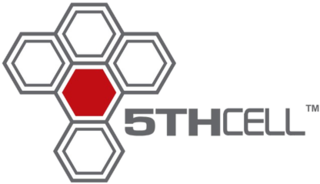
5th Cell is an independently owned American video game developer founded in 2003 as 5th Cell Media, LLC. led by Jeremiah Slaczka and Marius Falhbusch. The company is most well known for creating the Drawn to Life and Scribblenauts series.
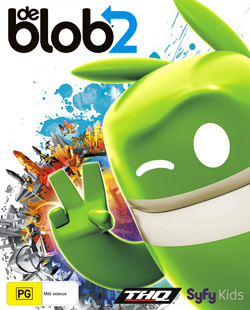
De Blob 2 is a platform puzzle video game and the sequel to the Wii 2008 video game De Blob. As with its predecessor, De Blob 2 was developed for home consoles by Ronimo Games and published by THQ, this time in association with the TV network Syfy. Unlike de Blob, however, de Blob 2 was also released for other consoles other than the Wii; the game was released for the PlayStation 3, Xbox 360 and the Nintendo DS, with the latter version having been developed by Halfbrick Studios and taking place between de Blob and de Blob 2.

Majesco Entertainment Company is an American video game publisher and distributor based in Hazlet, New Jersey. The company was founded as Majesco Sales in Edison, New Jersey in 1986, and was a privately held company until acquiring operation-less company ConnectivCorp in a reverse merger takeover, becoming its subsidiary and thus a public company on December 5, 2003. ConnectivCorp later changed its name to Majesco Holdings Inc. on April 13, 2004.



















